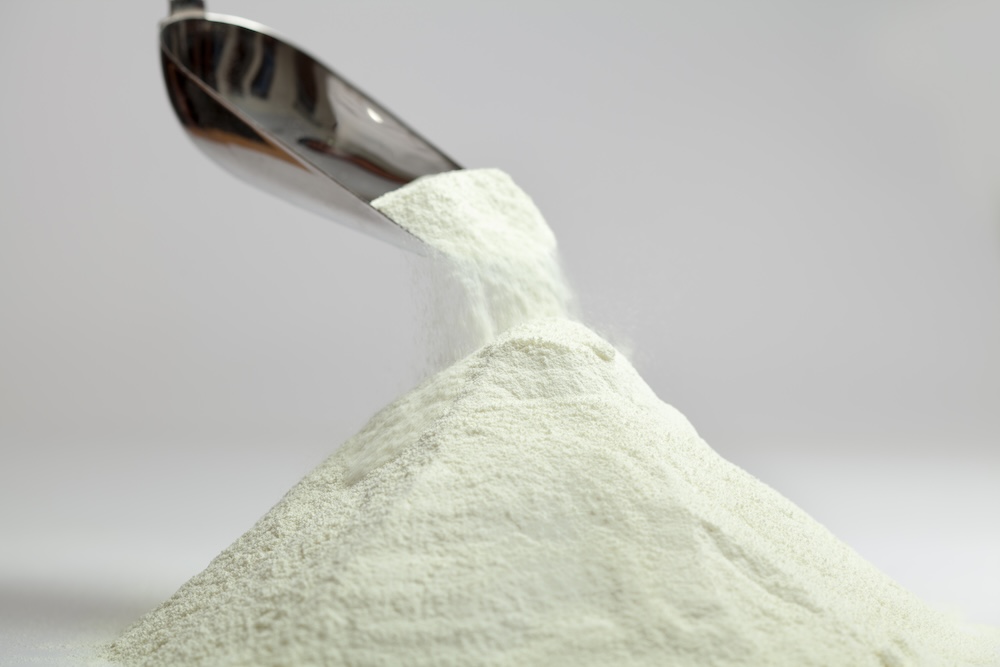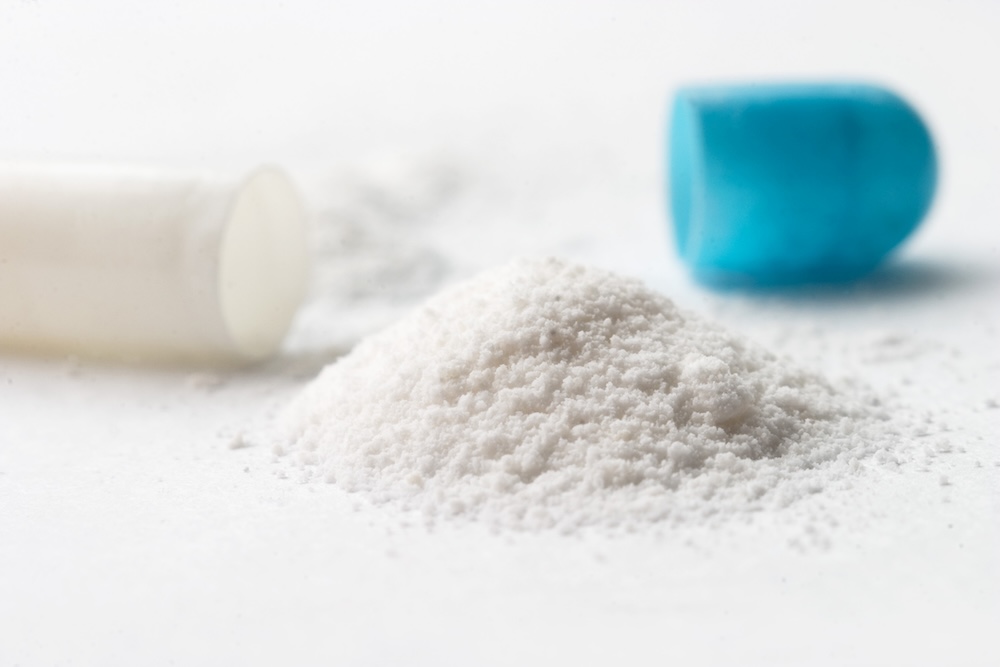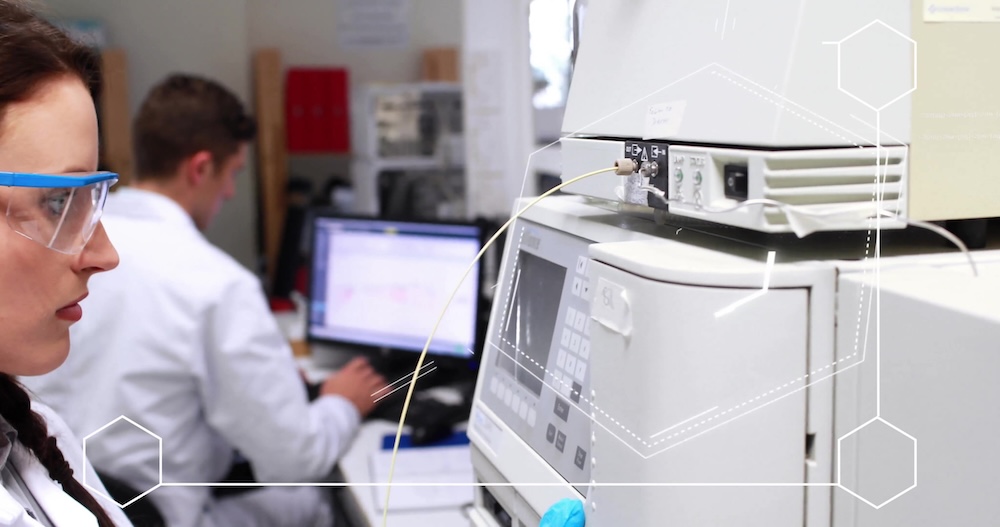Oral solid dosage (OSD) refers to a finished drug product that is available in solid form intended to be administered through the oral cavity. These are available as unit doses which contain a precise amount of drug substance in a variety of forms such as tablets, capsules, powders, granules and troches.
Why OSDs?
Oral solid dosage forms are the most widely administered drug products. They are the preferred dosage form amongst patients and caregivers due to their ease of administration, patient compliance, and cost effectiveness. Each dosage unit contains a precise amount of active pharmaceutical ingredient (API) thus avoiding the need for patients to have to accurately measure out each of their doses like with other dosage forms such as liquid orals, injectables or topical semi-solids. The active drug quantity and other critical quality attributes are much better preserved in OSDs compared to liquid or semi-solid dosage forms.
From a product development perspective, a comprehensive range of technologies exist that enable the development and manufacture of OSDs for drugs with a variety of properties. OSDs can be designed to release in specific regions of the gastrointestinal track such as buccal or sublingual cavity, stomach, small or large intestine. OSDs are ideally suitable for early phase development since well-established technologies and regulatory pathways exist for development and scaling-up to commercial process.
Types of OSDs
Oral solid dosage forms can be formulated into different forms depending on the intended use, patient population, and properties of the drug substance. These include:
-
- Powders and granules: Some products are commercially available as powders. For example, powders for suspension are mixed with water or aqueous vehicle before intake. In other cases, powders can be sprinkled on food.
-
- Tablets: Prepared by mixing the active pharmaceutical ingredient (API) with excipients and compressing into a solid unit dose. Tablets can be prepared in a wide range of sizes, shapes, colors, and surface markings.
-
- Capsules: Composed of mixtures of APIs in powder or liquid form enclosed in a shell made up of natural or synthetic polymers. The shell is most commonly made up of gelatin or a cellulosic polymer. Powder in capsule is one of the simplest dosage forms where the drug is mixed with suitable powder diluents and filled in hard gelatin tablets. Drug substances with poor aqueous solubility can be dissolved in a suitable organic diluent and encapsulated in soft gelatin capsules.
-
- Troches: Designed to dissolve slowly in the oral cavity. They come in two types – lozenges are hard such as a cough drop while gummies are soft. They are for patients who have difficulty swallowing tablets and can be used locally for the oral cavity or systemic treatment through buccal or sublingual absorption.
OSDs offer versatility in terms of the range of release profiles. Depending on the use, these can be designed to release the drug immediately or provide a variety of release profiles such as sustained, zero order, delayed, enteric or pulsatile. A range of specialized technologies are available both for immediate and modified release products that provide unique drug dissolution properties intended for specific applications. These include orally dissolving/disintegrating tablets, effervescent tablets, amorphous solid dispersions, lipid-based delivery, gastro-retentive and mucoadhesive tablets.
Formulation Components
OSDs are composed of the drug along with excipients that serve the specific purpose to meet the target product profile. These ingredients may be present in core matrix or as coating. Commonly used excipients for solid dosage drugs are listed below:
| Dosage form | Excipients |
| Immediate release tablets | Diluents, disintegrants, binders, glidants, lubricants, colorants |
| Modified release tablets | pH dependent or pH independent polymers, plasticizers, diluents, binders, lubricants, colorants |
| Buccal / sublingual tablets / powders / granule | Flavors, sweeteners, taste masking agents, diluent, mucoadhesive polymers |
| Capsules | Capsule shells (hard or soft), diluents, binders, glidants, disintegrants, lubricants |
| Troches | Diluents, binders, gums, flavors, sweeteners, lubricants |
Solid dosage drugs may also contain stability enhancing ingredients such as antioxidants, preservatives, pH modifiers, or barrier coatings. Solid oral dosage forms can be coated to add certain functionalities such as modifying the release rate, improving the drug stability, or masking the bitter or unpleasant in taste of drugs.
OSD Manufacturing Processes
The manufacture of OSDs typically involves a series of unit operations. Based on the unit operations employed, these processes can be broadly categorized as follows:
-
- Direct blending process: The first step in the manufacturing process usually involves screening the drug substance and excipients to eliminate the large agglomerates. These raw materials are then mixed in blenders to form a uniform blend. A powder lubricant is added to minimize mechanical friction and improve the efficiency of downstream processes. This blend – if free flowing – can then be filled into pouches, capsule shells, or compressed into tablets.
-
- Wet granulation: Sometimes direct blends are not free flowing due to particle size, shape, or cohesive properties of the drug substance. In such cases, the drug is first wet granulated where the drug and a portion of excipients are mixed along with a solvent (often water) using a high shear or a low shear process to form wet granules. These granules are then dried using tray ovens or fluidized bed dryers. The dried granules are then sized using appropriate screens to form free-flowing dry granules. These are then mixed in blenders with the remaining excipients to form a uniform blend. This blend can then be filled in pouches, capsule shells, or compressed into tablets.
-
- Dry granulation: In some cases, wet granulation is not feasible due to the unstable nature of the drug substance. Instead, the drug substance can be dry granulated using a roller compaction machine. The drug is mixed with certain excipients and passed through rolls to form a brittle ribbon. This ribbon is then broken and sized using milling equipment. The resulting granules can then be further processed to form the finished dosage form.
-
- Pelletization: A variety of processes are available to formulate the drug substance into near spherical, free-flowing pellets. One method is by coating the API on inert beads composed of sugar/starch or microcrystalline cellulose. The pellets can be encapsulated into hard gelatin capsules.
-
- Coating: Tablets, pellets, or capsules can be further coated with functional polymers to modify the drug release.
-
- Molding: Products such as troches and lozenges can be prepared by melting the API with suitable excipients and pouring the mixture into molds. The molded drug is then cooled to form the final product.
-
- Specialized processes: If the above methods are not suitable for a particular substance, more specialized technologies are available to provide specific functionality or to overcome a specific obstacle in formulation. These include, but are not limited to, spray drying, freeze drying and hot melt extrusion. Specialized compression machines are also available which can produce tablets with multiple layers.
Product Development Considerations
Development of OSDs follows a Quality by Design (QbD)-based, systematic approach which starts with predetermined objectives and emphasizes product and process understanding and process control, based on proper science and quality risk management.
Product development typically starts with generation of the target product profile and thorough characterization of properties of the drug substance. The target product profile is derived from high level considerations including patient preference, clinical, regulatory, quality, marketing, and intellectual property. It includes dosage strength, indication, size, shape, color, logo, packaging configuration, manufacturability, dissolution, bioavailability, and stability.
Relevant API properties when developing OSDs include:
-
- Physicochemical properties such as solubility, permeability, stability, pKa, partition coefficient, polymorphism and hygroscopicity.
-
- Bulk properties such as particle size distribution, bulk density, powder flow and compactability.
-
- Organoleptic properties such as taste and odor.
Based the above considerations, small scale experiments are performed to identify the formulation components and manufacturing process. Formulation development is typically an iterative process that involves testing various combinations of excipients with the drug substance to optimize product attributes such as dissolution, bioavailability, and stability. Process development focuses on improving the clarity of the processes and scaling up to commercial manufacturing with consideration to selecting the appropriate equipment, defining critical process parameters, and developing a robust control strategy.
Formulation – it’s what we do.
Having the knowledge of different aspects of pharmaceutical science such as pre-formulation, formulation and process development, scale-up, analytical development, quality, regulatory, pharmacokinetics, and clinical is critical for successful product development. At Vici, our experts have both the expertise and years of experience to tackle any and all obstacles that you may encounter in your drug development programs.
References
-
- USP-NF General Chapter <1151> Pharmaceutical Dosage Forms.
-
- Handbook of Pharmaceutical Excipients – 9th Edition; PJ Sheskey etal., 2020.
-
- Developing Solid Oral Dosage Forms – Pharmaceutical Theory and Practice, 2nd Edition, Y Qiu etal., 2017.
-
- Guidance for Industry – Q8(R2) Pharmaceutical Development, 2009.
ISPE Baseline® Guide: Volume 2 – Oral Solid Dosage Forms, 3rd Edition, 2016.






